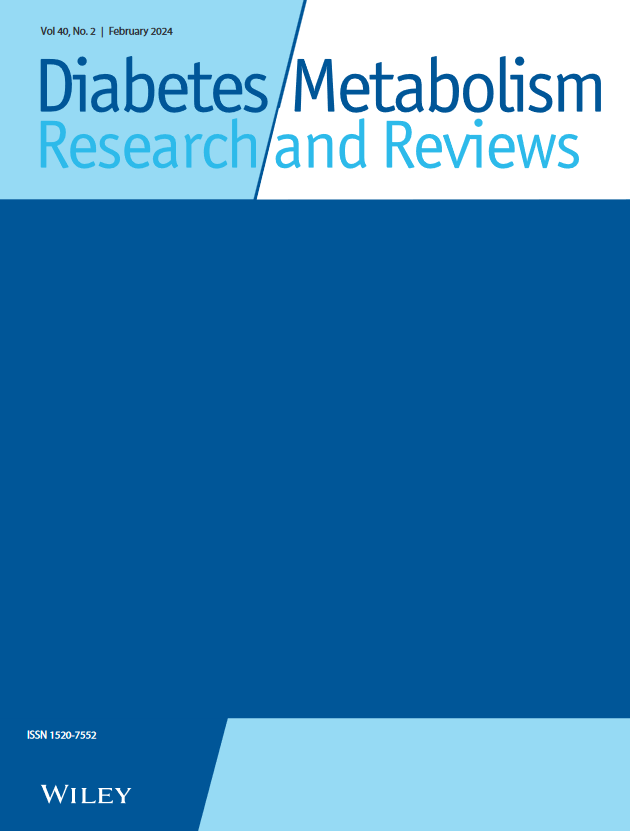Diabetic peripheral neuropathy (DPN) often coexists with sudomotor dysfunction, resulting in an increased risk of diabetic foot. This study aimed to explore an efficient method for early diagnosis of DPN by establishing a quantitative Neuropad.
We recruited 518 patients with type 2 diabetes. Neuropathy Symptoms Score (NSS) combined with Neuropathy Disability Score (NDS) was used to assess distal symmetrical peripheral neuropathy (DSPN). The area under the ROC curve (AUROC), sensitivity, and specificity were used to compare the diagnostic efficacy of quantitative Neuropad (the change rate of the chromatic aberration value per minute) and two types of visual Neuropad (visual Neuropad A: whether the time to complete colour change within 10 min, visual Neuropad B: the time to complete colour change) for DPN.
We did not observe very good diagnostic efficacy of Neuropad (visual Neuropad A and B: 0.59 and 0.64, quantitative Neuropad AUROC: 0.62–0.64) when using standard DSPN diagnostic criteria (NDS 6–12 or NDS 3–5 combined with NSS 5–9). When DPN was assessed by NSS + NDS ≥ 4, visual Neuropad B improved the specificity (AUROC 0.72, 67.00%, specificity 71.70%) by extending the detection time compared with visual Neuropad A (AUROC 0.62, sensitivity 81.80%, specificity 41.70%). Quantitative Neuropad significantly improved the diagnostic effect (AUROC 0.81, sensitivity 80.0%, specificity 76.3%) and reduced the detection time (4 min).
This study provides a new quantitative Neuropad, which has great potential to be an extremely useful diagnostic tool for early screening of sudomotor dysfunction in the clinical practice.


